Details
Experience description
Varramista's experience begins when you walk along the avenue lined with oak trees and you are in front of the gate of the estate: instantly you will be overwhelmed by a pleasant feeling of peace and serenity. But that's not the only thing you hear here. The Renaissance Villa dominates the wonderful Italian gardens and the historicity of this place will give you an enveloping feeling.
With this tasting you will have the opportunity to walk in the gardens of the Villa di Varramista, learn about the history of the estate and the company, through anecdotes and curiosities and taste three products of Fattoria Varramista.
The tasting will be accompanied by a basket of local products and a "recomposed" cutting board: all artisan and km0 products.
Wines for tasting
VARRAMISTA
Red Wine Toscana IGT - Syrah
MONSONACCIO
Red Wine Chianti DOCG - Sangiovese, Merlot, Syrah
FRASCA ROSSO
Red Wine Toscana IGT - Sangiovese, Merlot, Syrah
Food pairing
The tasting will be accompanied by a basket of local products and a recomposed cutting board.
Useful info
Wheelchair accessible
Free wi-fi
Children area
Agritourism
Curiosities
- Villa Varramista has always been a melting pot for Italian culture. The friendship between Capponi, an important politician from the Grand Duchy of Tuscany first, and then from the Kingdom of Italy and the famous writer Alessandro Manzoni, who stayed in Villa Varramista in 1825, is remarkable.
Nearby places to visit
- Montopoli in Val d'Arno: the history of the Lower Valdarno is full of events, battles that artists and writers have mentioned in their works. Boccaccio, impressed by Montopoli Castle’s mighty fortifications, described it as “insigne” (renowned, illustrius) and its importance was recognized by Pisa as well as Lucca and Florence, who fought many bitter battles for it, until 1349 when the population decided to accept Florentine rule. This area was the scene of the famous battle of San Romano, immortalized by Paolo Uccello in three paintings currently held in the Uffizi, the Louvre and the National Gallery in London.
- Museo Piaggio: the Museum was founded in order to safeguard and enhance the historical and technological heritage of one of the oldest Italian companies, and its goal is to reconstruct the history of Piaggio and the country as a whole by taking a journey back in time through Italian history, retracing changes in the economy, in traditions and habits and in industrial development through the exhibition of its most famous and iconic products, supported by the wealth of documentation preserved in the Historical Archive.
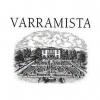

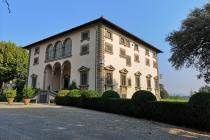
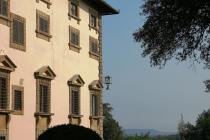
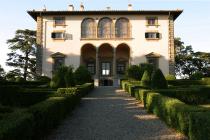
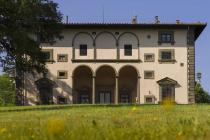

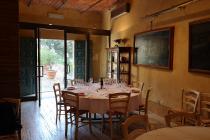
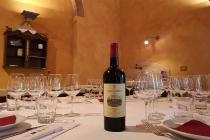
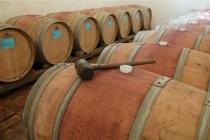
Share